Google Pixel 4 vs. Pixel 3: First camera comparison

Discussion of Google's Pixel phones is dominated by photography. Google talks a big game about its capabilities, and backs it up with results — even last year's Pixel 3 regularly beat 2019 phones in camera comparisons. And now we have the Pixel 4, so it's time to see what strides Google's made between generations.
The Pixel 4's main camera sensor may be effectively unchanged, but that doesn't mean there aren't improvements to the resulting photos. New software running the show, and perhaps subtle differences in the hardware arrangement, can all make a difference. And the Pixel 4 of course has a secondary telephoto camera now, which can offer improvements in zoom and portrait mode quality.
Here are our first camera comparisons between the new Pixel 4 and last year's Pixel 3 — the results are impressive.
Daylight photos


Pixel 4 (left) / Pixel 3 (right) — click to view larger.

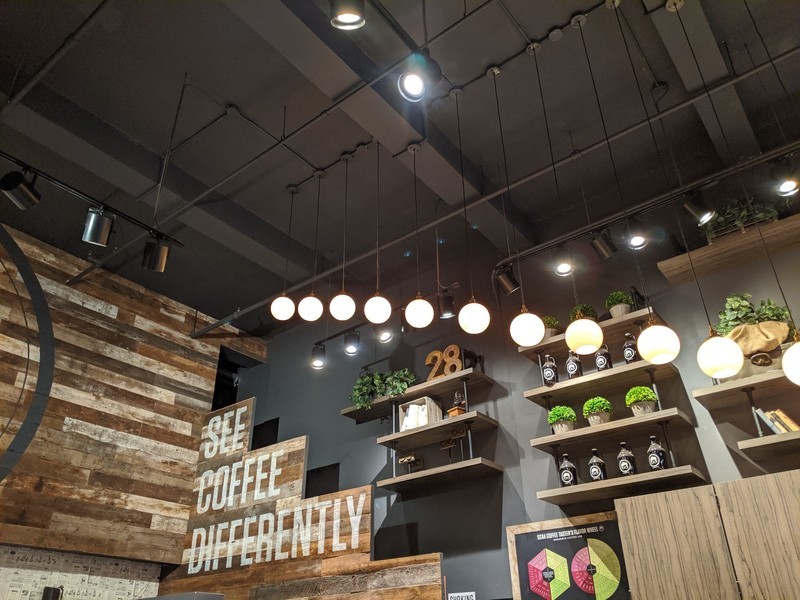






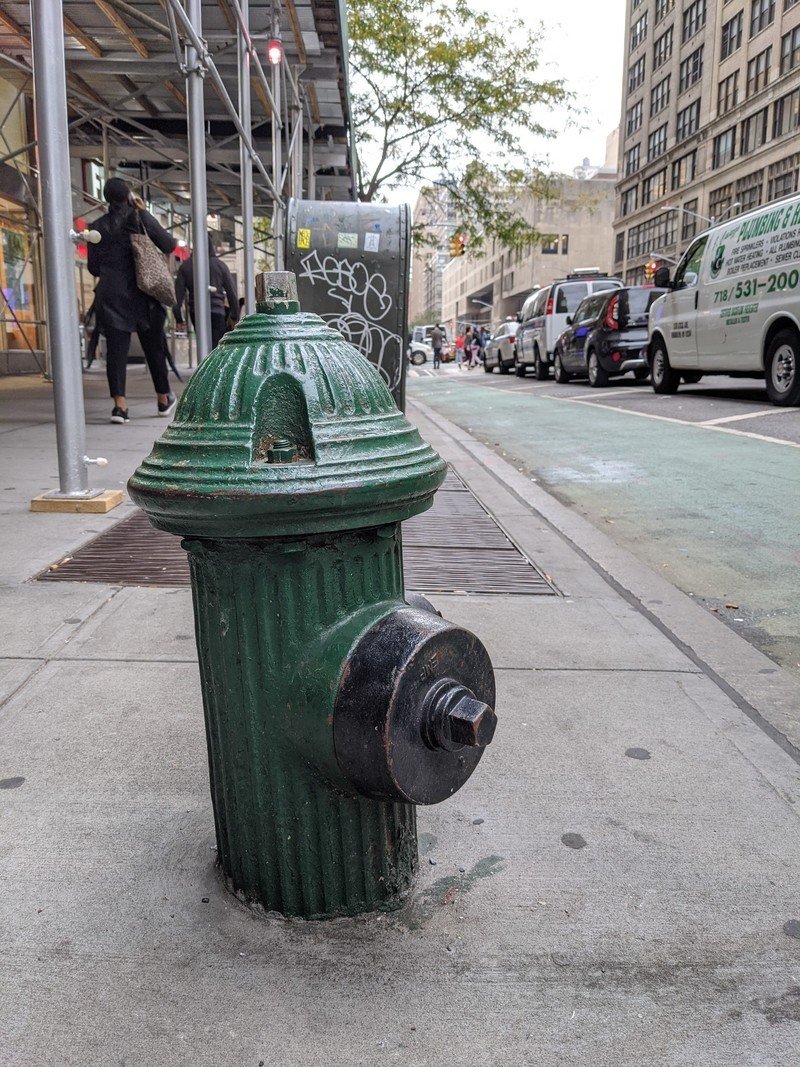


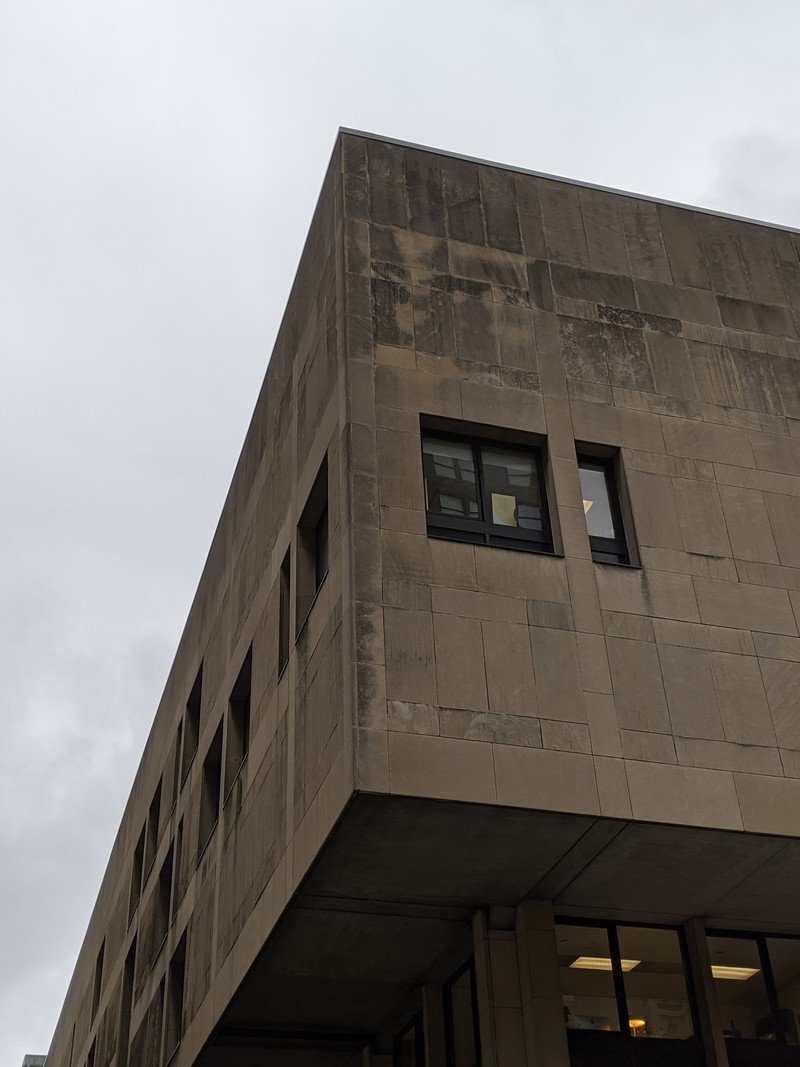
There are a few themes that stand out to me here. The Pixel 4 takes noticeably cooler photos than the Pixel 3, which is obviously extra-noticeable viewing side-by-side — whether you prefer cool or warm photos is a bit more of a personal preference, but I think the Pixel 4's are easier to work with and warm up in post-processing rather than vice-versa with the Pixel 3.
The Pixel 4 is brighter, sharper, and a bit cooler — but overall improved in most aspects.
The Pixel 4 is also considerably brighter in all of the shots, both in hitting the "right" exposure and also applying a bit more HDR-like processing to bring down highlights and bring up shadows. You could say it's a bit less natural than the Pixel 3, but I think they look better — and again, it's often easier to bring down the brightness than bring it up without creating other problems.
The Pixel 4 is also hands-down sharper across the entire frame in daylight. I already thought the Pixel 3 was sharp, but the Pixel 4 has better edge detection, better textures and fewer instances of texture being crushed down and overly-smoothed. It's most noticeable in close-up shots, but the effect comes across in the aggregate with wider scenes as well.
Be an expert in 5 minutes
Get the latest news from Android Central, your trusted companion in the world of Android
In terms of zooming, the results are as expected: at 2X, the Pixel 4 is considerably sharper than the Pixel 3. Though the differences aren't that massive when viewed at normal size — the Pixel 3's advanced digital zooming is good, and does a fine job considering the resolution limitations. But if you pixel peep even a little bit, you see how dramatically sharper and more detailed the Pixel 4's telephoto shots are.
Low light photos
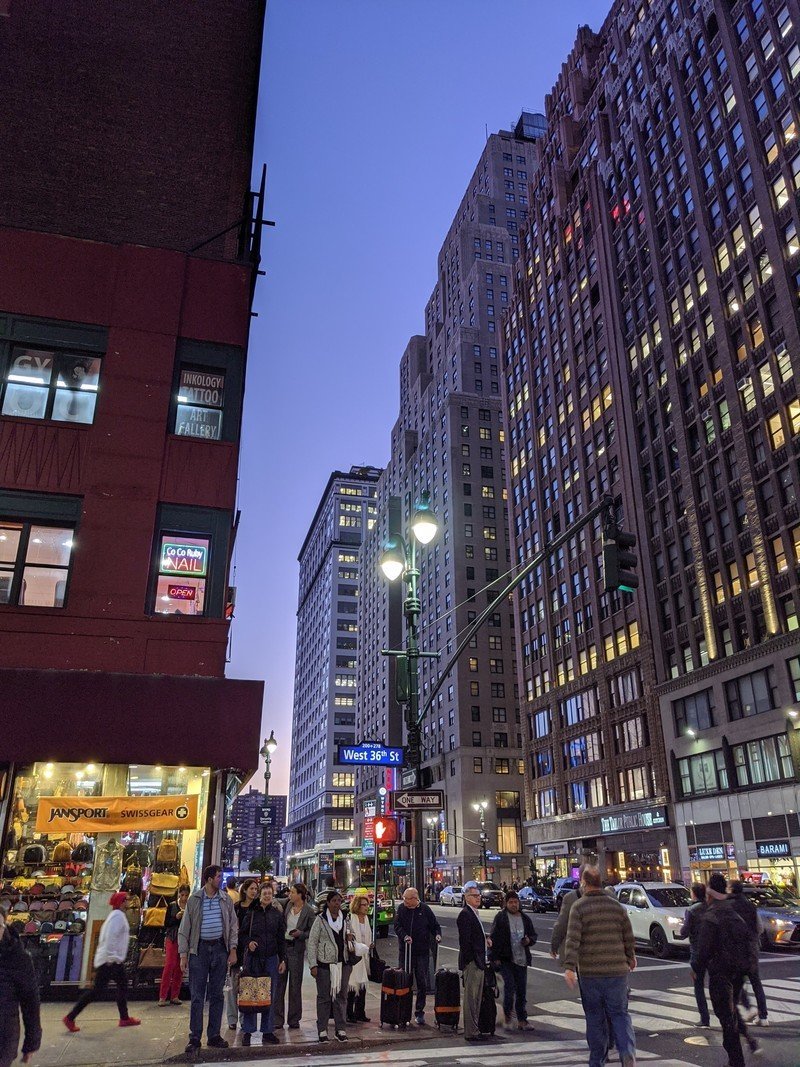
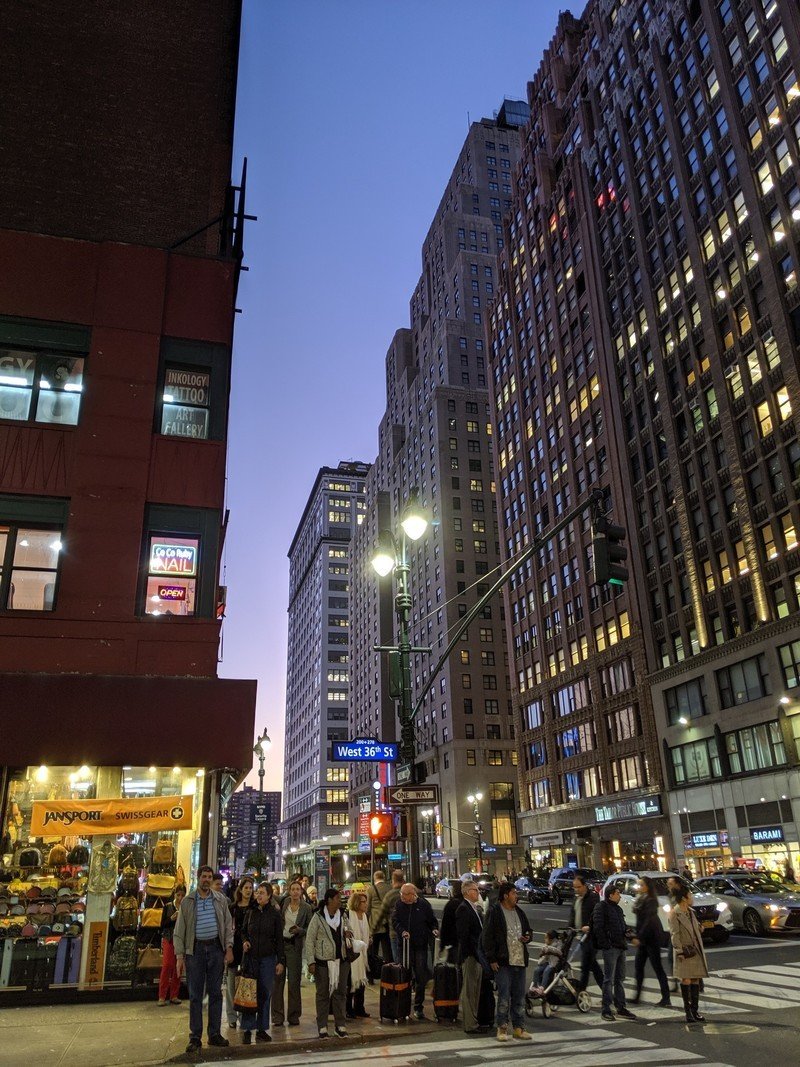
Pixel 4 (left) / Pixel 3 (right) — click to view larger.












Our full comparison including Night Sight photos will have to wait until we've completed further testing, but for now it's still informative to see the differences when shooting in the main camera mode. After all, it's what's opened by default, and captures dramatically faster than Night Sight. Scenes with moving objects and people, in particular, are often better suited for the main mode.
The Pixel 4 is sharper, cleaner, brighter and manages colors better — but is also unnaturally cool.
Across the board, I see better low-light performance out of the Pixel 4 than the already-strong Pixel 3. I made many of the same observations in low light as I did in daylight. The Pixel 4 seems to expose scenes better, bringing in light where appropriate while also keeping noise down. Particularly in really dark scenes, the Pixel 4 had smoother and far less noisy skies and flat surfaces.
The Pixel 4 did a better job of preserving detail, fine edges and textures compared to the Pixel 3. Areas of bright light were better controlled to look correct rather than blowing out that whole part of the scene — so once again, the Pixel 4 seems to better incorporate some HDR-like processing to manage highlights and lowlights. At the same time, the Pixel 4's colors seem richer and more accurate, even with tough-to-reproduce colors like red.
The biggest difference between the Pixel 4 and 3 is in the white balance. The Pixel 4 is for the most part considerably cooler than the Pixel 3, which when paired with the better handling of exposure and highlights makes its photos look a lot more blue and somewhat unrealistic in low light. Typically low-light scenes are warmer to the eye, and what I see out of the Pixel 4 is a less-realistic white balancing similar to what Night Sight does. I would love to see something in between the two extremes, but the overall look of the Pixel 4's colors (in addition to everything else) is so much better that I can deal with the cooler white balance.
More to come
With more time using the Pixel 4, we'll be able to show off comparisons between it and every phone including Night Sight, Portrait mode and more. But for now, it's extremely impressive to see the strides Google has made from the Pixel 3 to Pixel 4.
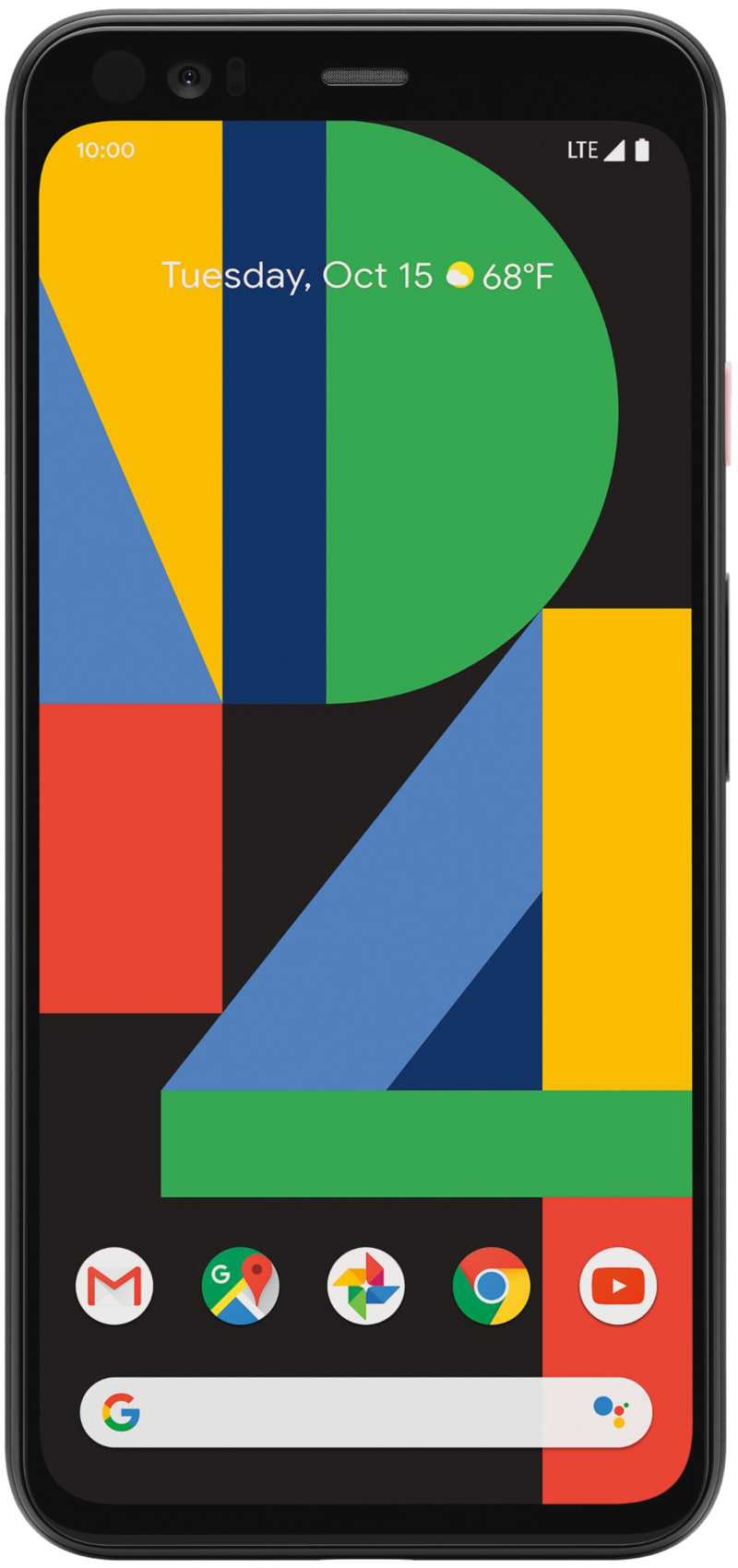
Google Pixel 4
Google's new Pixel 4 is, in many ways, an impressive upgrade over last year's Pixel 3. It comes with a smooth 90Hz AMOLED panel that boasts a 90Hz refresh rate, a motion-sensing Soli chip that enables the face unlock and Motion Sense features, Qualcomm Snapdragon 855 chipset, 6GB of RAM, and a 12MP + 16MP dual camera setup at the back. The phone also offers an improved Night Sight mode with an astrophotography mode as well as live HDR+ previews.
Andrew was an Executive Editor, U.S. at Android Central between 2012 and 2020.

